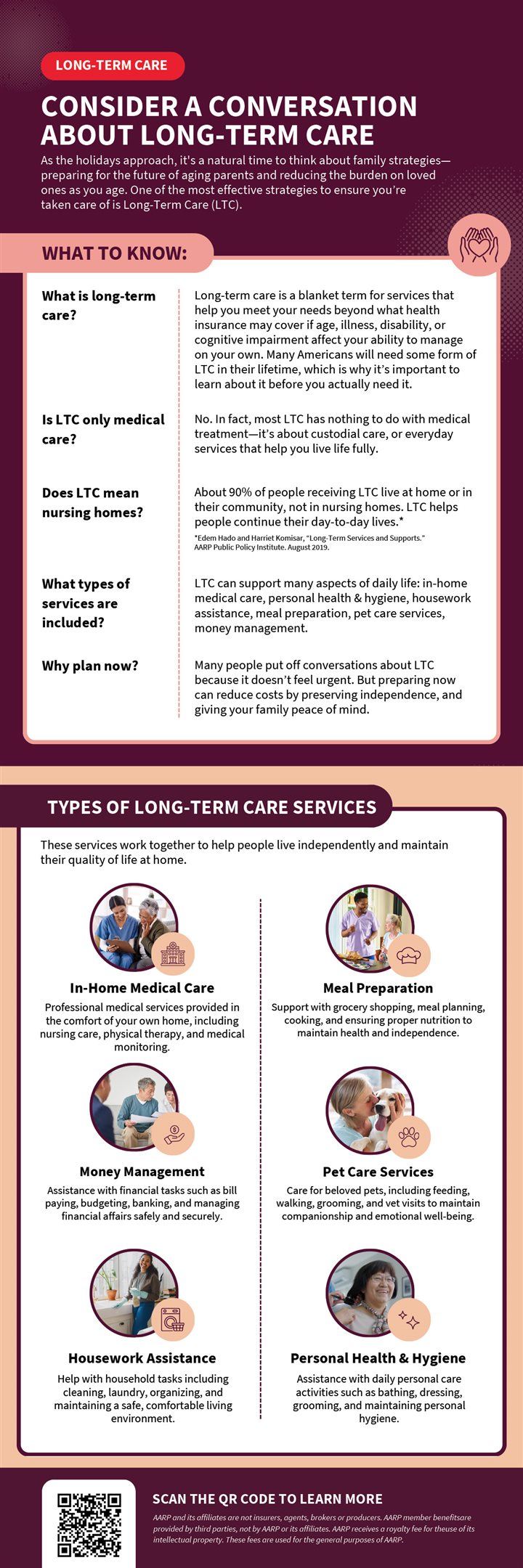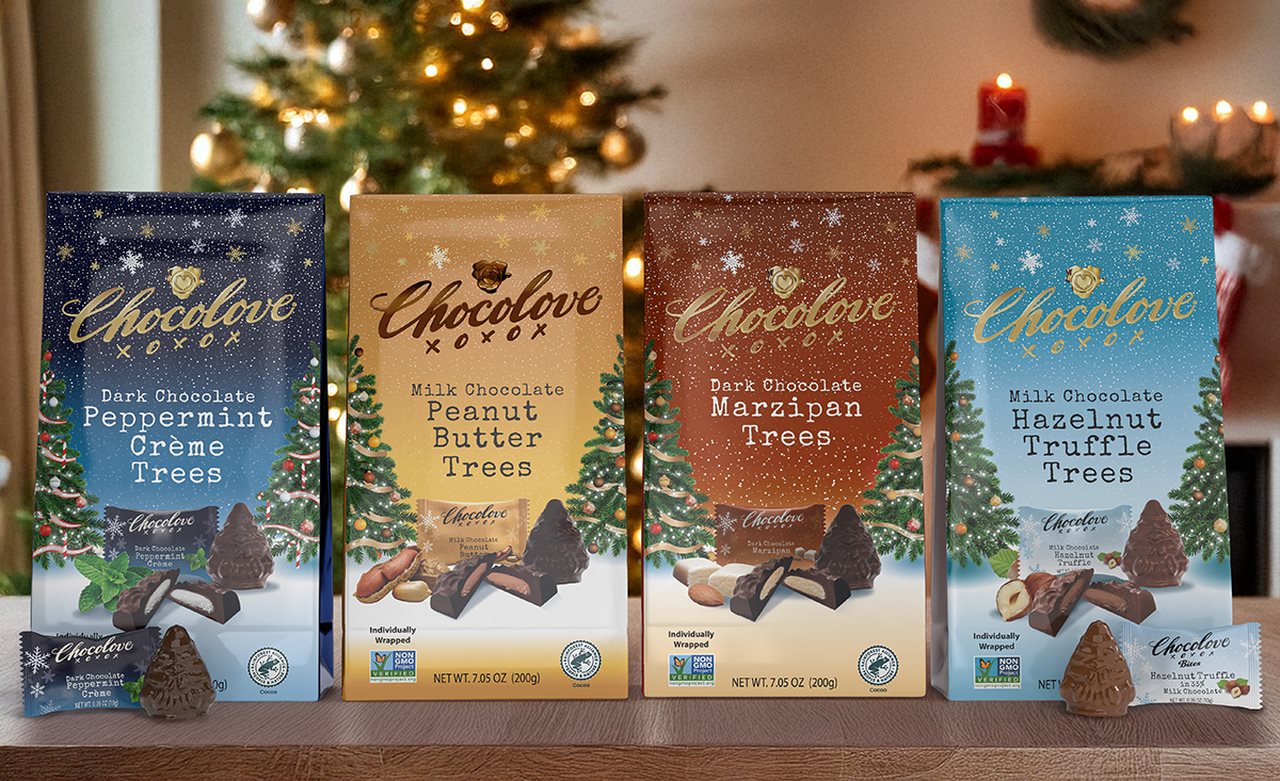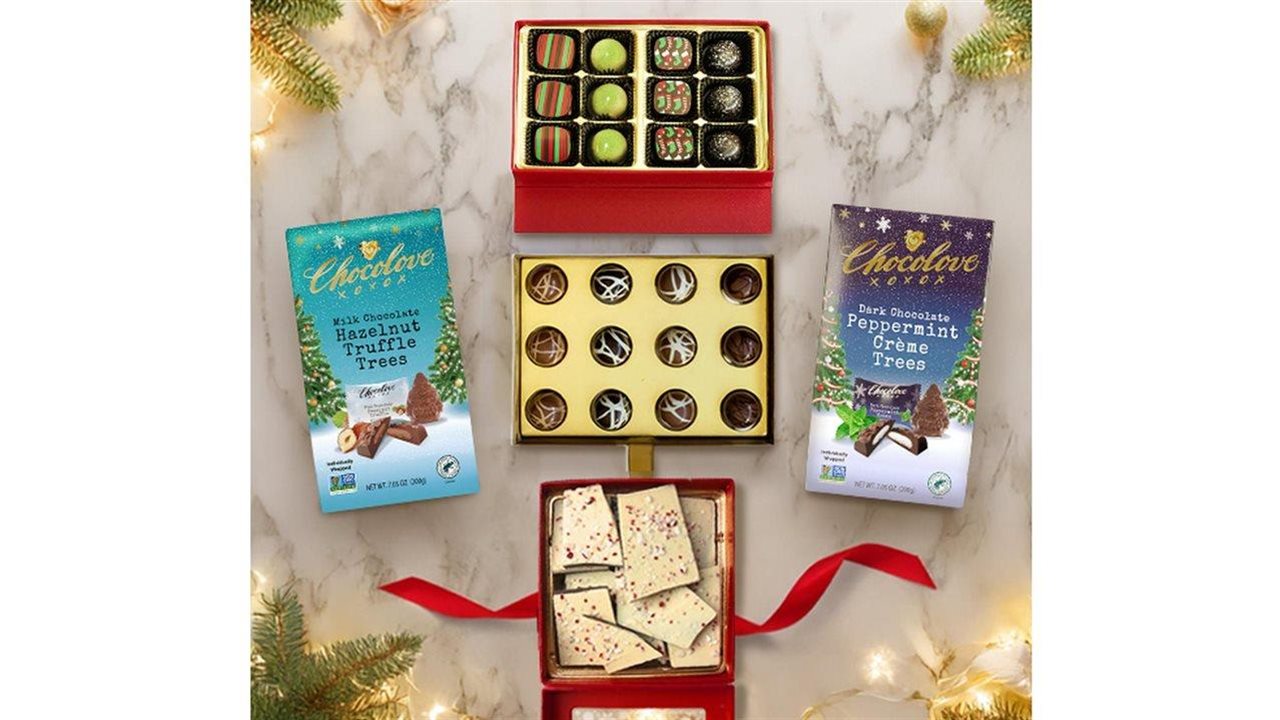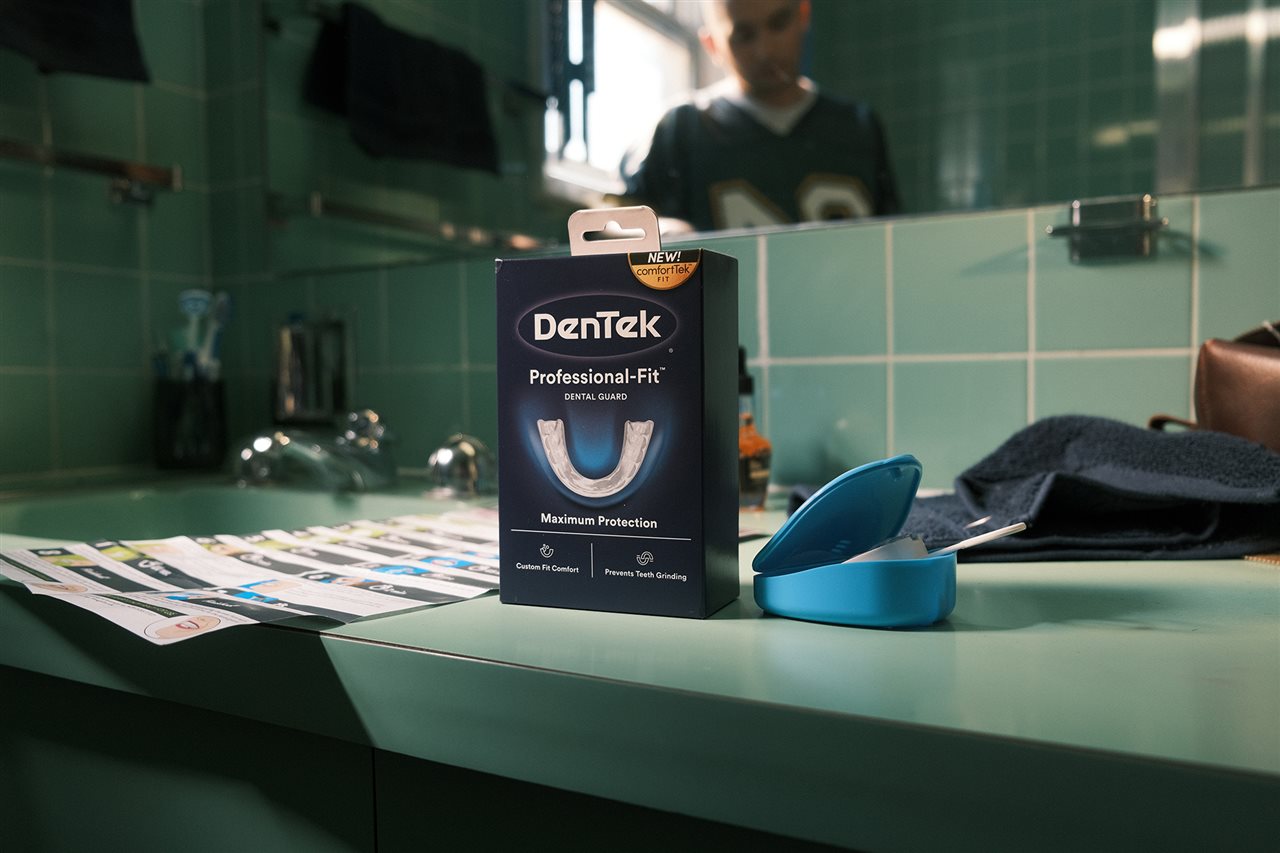2025-11-20T12:01:00
(BPT) – By Steffen Schreier, SVP Product and Portfolio, at Telesign, a Proximus Global company
The holiday season is a crucial time for brands. It’s also the busy season for scammers.
This year, consumers will face an unprecedented surge in fraud attempts — from phishing scams to stolen identities, to fake bank calls, deepfake voices, account takeovers and more. Thanks to scammers leveraging AI to supercharge their schemes, fraud attempts have become more prevalent and sophisticated, leaving consumers overwhelmed, afraid and unsure how to protect themselves.
While no brand can eliminate the threat of fraud entirely, yours can take steps to prevent fraud and protect the customer experience this holiday. By doing so, you can build and safeguard trust in your organization’s digital experiences, which has become a critical element of competitive advantage in today’s digital economy.
Why your brand should invest in consumer fraud protection
Trust is the cornerstone of the modern customer experience. Our 2024 Telesign Trust Index report found that consumers, uncertain about how to protect themselves, are increasingly holding brands responsible for ensuring greater protection against fraud. In fact, nine out of 10 people now hold brands responsible for protecting their digital lives, and four out of 10 will abandon brands after security breaches.
This isn’t surprising given the financial repercussions. In fact, our report found that 30% of consumers surveyed were victims of fraud in the past three years. Of those fraud victims, 61% reported financial losses and one-third of victims reported losses of more than $1,000. Because of the prevalence of fraud, 64% of consumers reduced their use of payment services and 56% decreased their e-commerce activities.
To stay competitive, you need to be proactive, not reactive, when it comes to holiday scams. Here are three essential strategies every brand needs to consider to protect consumers this holiday season and build brand trust for the future.
1. Educate consumers on fraud
Knowledge is power. Awareness is the first defense.
A direct and practical step your brand can take to protect consumers is to educate them on fraud when it matters most — like during checkout, when there is an opportunity to place a bulletin alerting consumers of prevalent fraud schemes. Not only does this help users distinguish authentic interactions from potential scams, but it also builds trust in a brand’s overall digital experience.
Leading up to the holiday season, make it a point to communicate to your customers the very real threat of fraud and common schemes to avoid. For example, some of the most common holiday scams include:
- Package delivery scams
- Gift card fraud
- Online shopping scams
- Social media scams
- Charity scams
- Fake accounts
- Payment fraud
- Identity thefts
- Deepfakes
- AI bots
- Impersonation fraud
It’s not only important to educate consumers on the common types and channels for fraud but also to provide insights on the advanced social engineering tactics fraudsters are employing to exploit personal information, like bank impersonations, SIM-swap fraud, synthetic identities and even deepfake ploys.
Communicating these holiday scams requires a multipronged approach. In addition to traditional digital channels, like email newsletters and social media posts, in-app and push notifications provide a trusted source to communicate the dangers of fraud.
It’s also important to cultivate two-way communications, and consumers benefit from easy mechanisms to report suspicious or fraudulent behavior.
It’s important, too, not to underestimate the importance of ongoing education. Vanguard organizations are increasingly communicating security-consciousness into their communications so that when a scam does occur, it is so outside the brand’s promise and experience, the fraud becomes easier to spot.
For those brands starting out on this journey, consider, for instance, educating consumers about fraud prevention during their initial interactions, such as when they create an account or during high-volume events, like the holidays. This reinforces a commitment to ensuring trust as core to its brand promise from day one of a customer’s journey with the brand.
2. Improve the user verification process without frustration
Identity verification is another indispensable tool in protecting your consumers and your company from fraud. The challenge of user verification is establishing protective steps without causing undue friction for consumers.
Friction in and of itself isn’t bad. In fact, our research shows that where once enhanced security measures were seen as a nuisance, now eight in 10 people welcome them and the friction necessary to safeguard their digital assets.
You likely already have safeguards like multifactor authentication (MFA) in place, including biometrics, silent verification and push notifications. While this may seem like a basic user verification tool, it can be an incredibly powerful deterrent. According to data from Microsoft, MFA was inactive in 99% of successful digital intrusions.
The real challenge becomes how to prompt consumers to use MFA when interacting with your brand’s accounts. Because MFA is often an option, not a requirement, many consumers leave themselves vulnerable to attacks. Consider making MFA a default option for consumer-verified accounts. This simple change makes it easier for consumers to engage in protecting their own identity and build a narrative of trust in your brand.
Improving the user verification process without compromising their experience is just the first step. Because fraud is evolving, your brand’s processes should evolve, too, and that includes implementing AI.
3. Fight AI with AI
As mentioned above, fraud has been supercharged by the advent of and proliferation of generative AI. Deepfake scams, in particular, have been on the rise, with 1 in 3 people and 1 in 3 businesses reporting encountering deepfake scams or attacks in the past year, according to the 2024 Telesign Trust Index survey.
Brands can directly address AI-enabled fraud by leveraging AI. While traditional cybersecurity focused on reacting to threats, AI enables a proactive approach. It works to anticipate, detect and disrupt attacks before they cause harm. Experience-wise, it also helps to limit the friction people experience. The end result is a better and safer experience and a more confident consumer, free to engage with the platforms they love without fear or disruption.
Leveraging AI, too, doesn’t require a complete overhaul. Instead, you can build a stronger defense for your consumers by combining basic security measures like MFA with cutting-edge AI and machine learning systems that can spot and stop attacks more effectively.
Investment in AI-driven security measures can have a significant impact on a brand’s image. Our data shows that 34% of U.S. respondents are more likely to trust a company that uses AI to protect them from fraud attacks. Globally, 43% are more likely.
Trust matters
There isn’t one answer to how to protect your current and potential consumers from fraud. However, these three strategies, individually and together, are great examples of where to start.
To learn more about how your business can protect your customers this holiday season, visit Telesign.com.


















